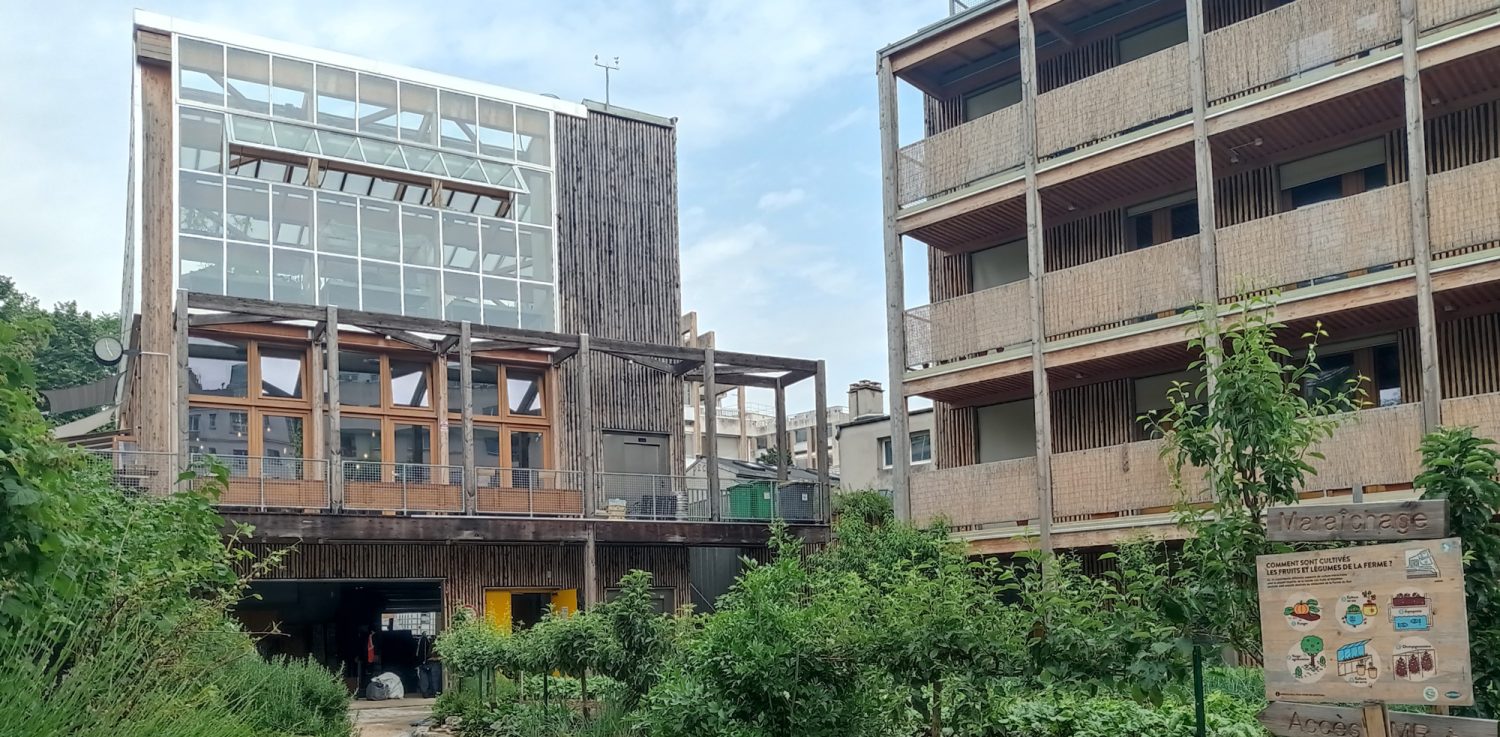Collaborating with all stakeholders
General description
Rigorous and integrated planning methods such as LEAN allow to manage projects in a collective way. All the actors of the project regularly participate in meetings to explain in detail their work to each other. Through a built-in time buffer, each involved actor does not only fulfill the own expectations but also the ones from everyone else. Making the construction process participatory has several benefits including education, acceptance, and socio-economic value.
Examples
Ferme du Rail
Paris, France
The project was guided by the LEAN method. Its first requirement is to involve all participants of the project in decision making. For example, construction workers and team leaders had to detail the tasks to each other. This way, a construction worker can easily adapt to new working techniques for a certain material. The second feature of the LEAN method is called buffering. In this case, each organisation who participated in constructing the building had to come together on a regular basis and discuss everyone’s expectations to get to the final planning stage. A time buffer was reserved each week to coordinate all the tasks. Planning the necessary processes was usually scheduled six weeks in advance. Another aspect of this close collaboration is the overall collective budget. This means that a company involved in the building process does not manage its own margin but all the companies created a common pot of resources, managed by the project management.
CRCLR
Berlin, Germany
Due to COVID no companies could be found to carry out parts of the building’s realisation. Following an entrepreneurial DIY-mentality, a collective consisting of a few craftsmen and many laypersons was founded to build and install windows, doors, insulation, stairs, and the facade according to a predefined circular plan.